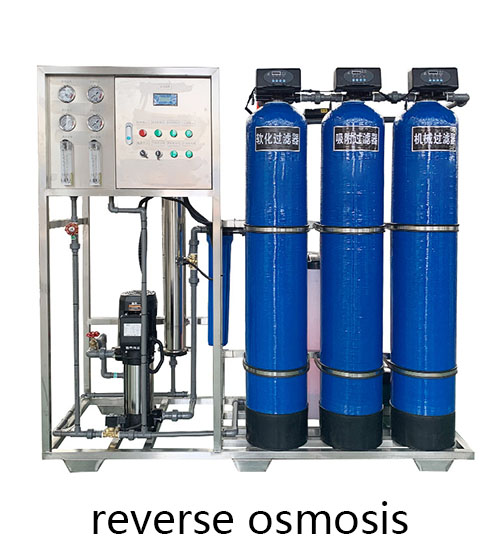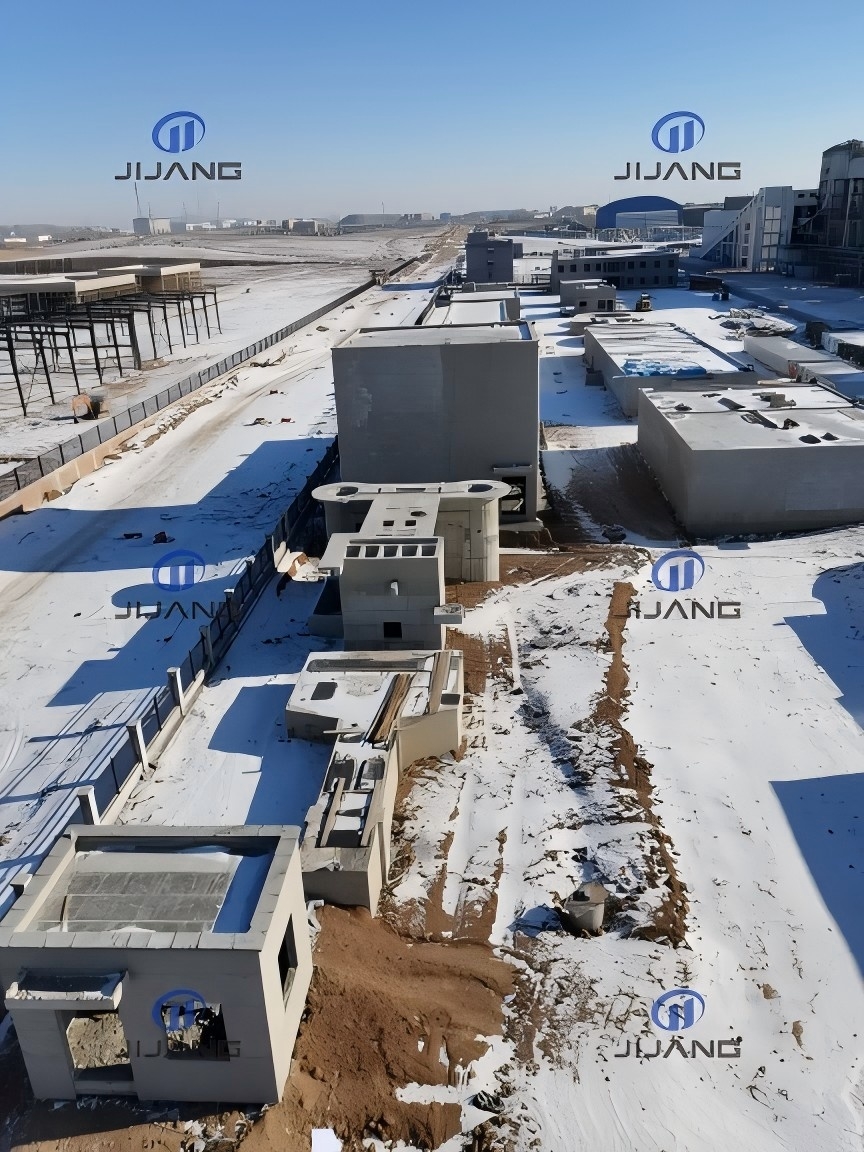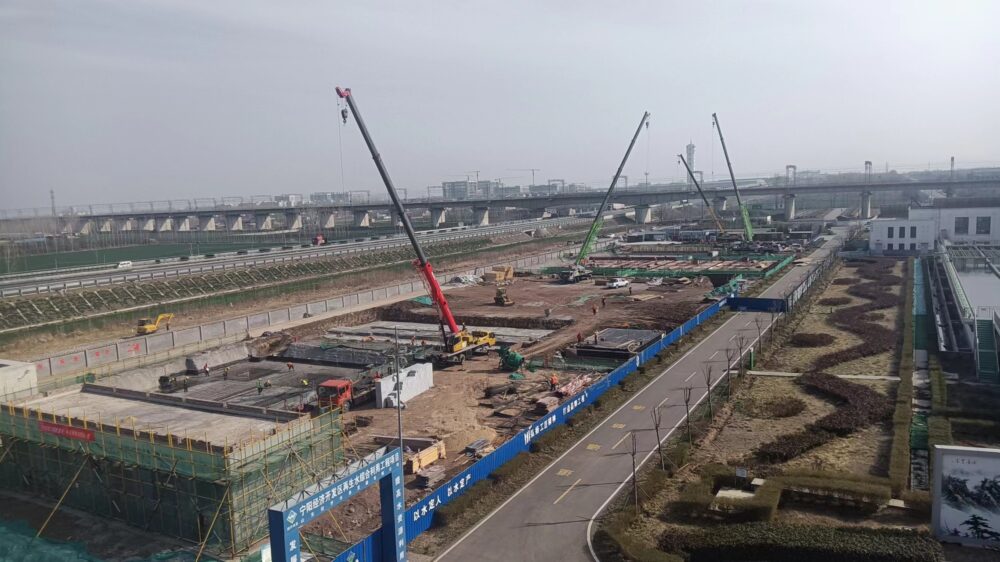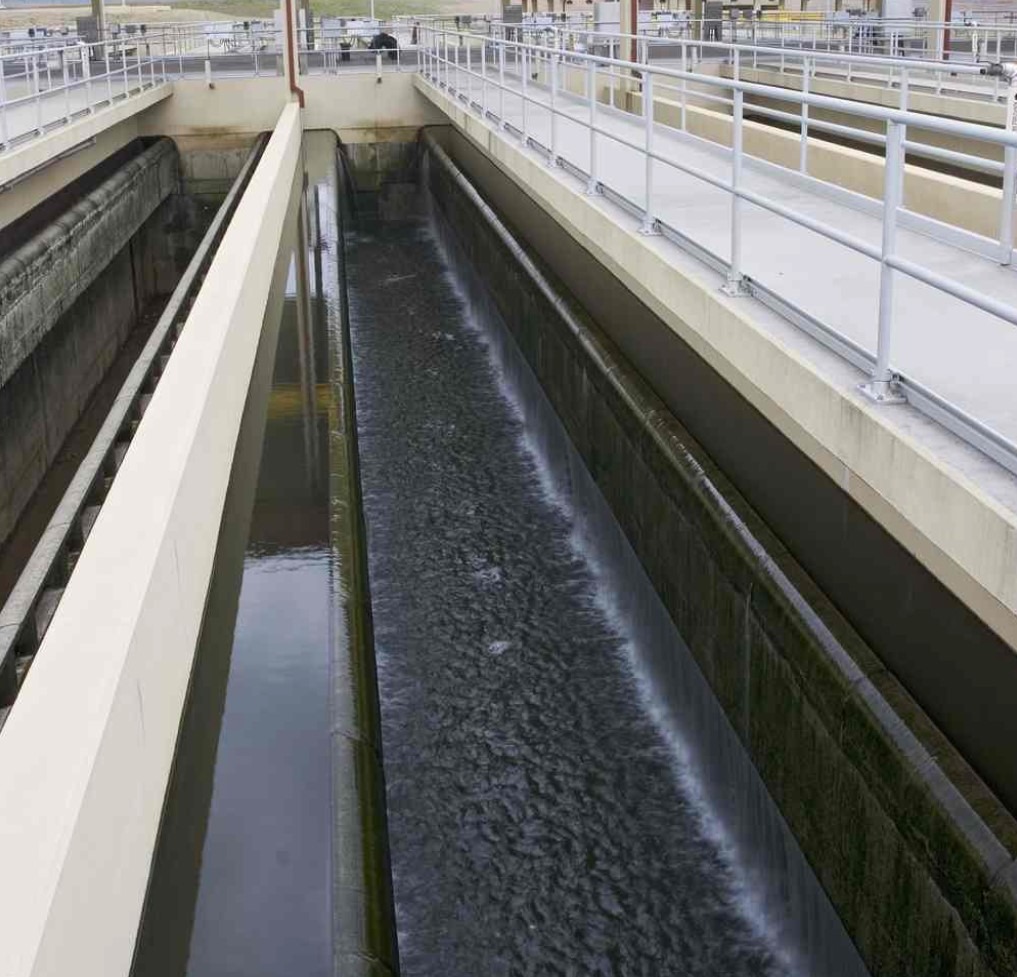It is necessary to select an appropriate combination of technologies based on the water quality characteristics. The following are common and efficient methods:
1. Chemical oxidation method
1.1 Fenton oxidation: Utilizes the reaction of Fe²⁺ with H₂O₂ to generate hydroxyl radicals (·OH), which can efficiently degrade refractory organic matter (such as chemical and pharmaceutical wastewater).
1.2 Ozone oxidation: Improve efficiency through ozone molecules or coupling UV/H₂O₂, suitable for high-concentration organic wastewater but the equipment cost is relatively high.
2. Biological treatment technology
2.1 Anaerobic-aerobic combined process (such as UASB + MBR): The anaerobic section degrades large molecular COD, and the aerobic section further removes residual pollutants.
2.2 Activated carbon adsorption: It has a high removal rate for low-concentration COD (<100 mg/L) and can be recycled; metal-loaded activated carbon can synergistically catalyze oxidation.
3. Physical separation technology
3.1 Membrane separation (ultrafiltration + reverse osmosis): deep filtration and desalination, suitable for the wastewater reuse needs of the electronics industry; dynamic membrane technology has lower costs.
4. Combined process
4.1 High concentration COD (such as landfill leachate): anaerobic acidification → short-cut nitrification-anaerobic ammonium oxidation → Fenton oxidation → activated carbon adsorption.






